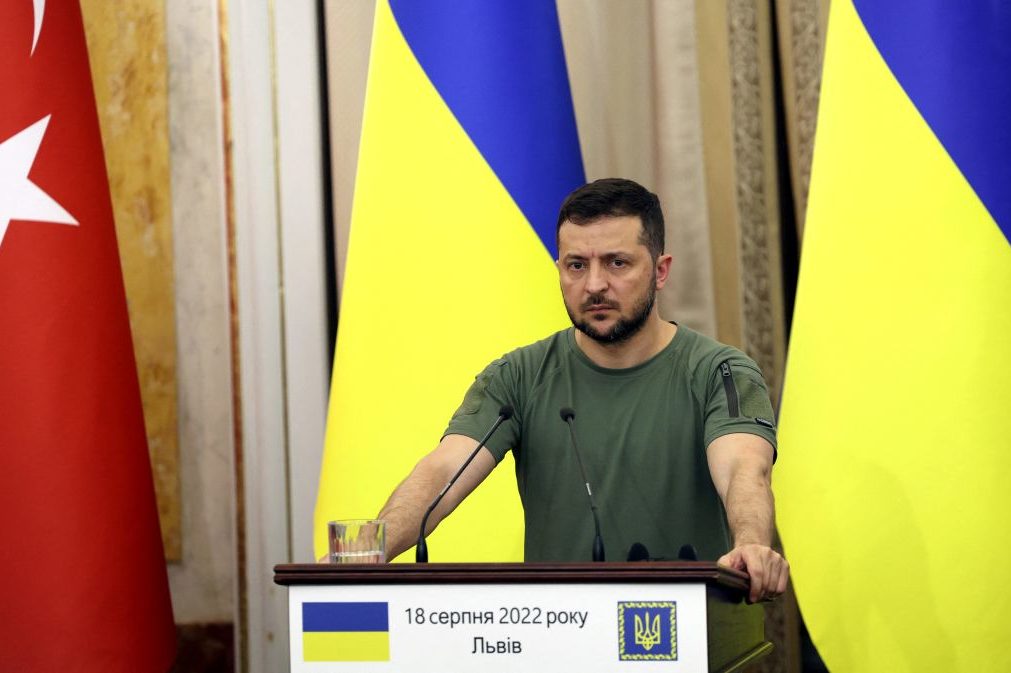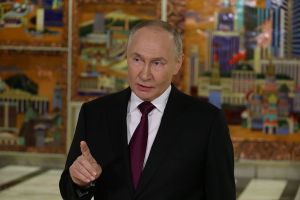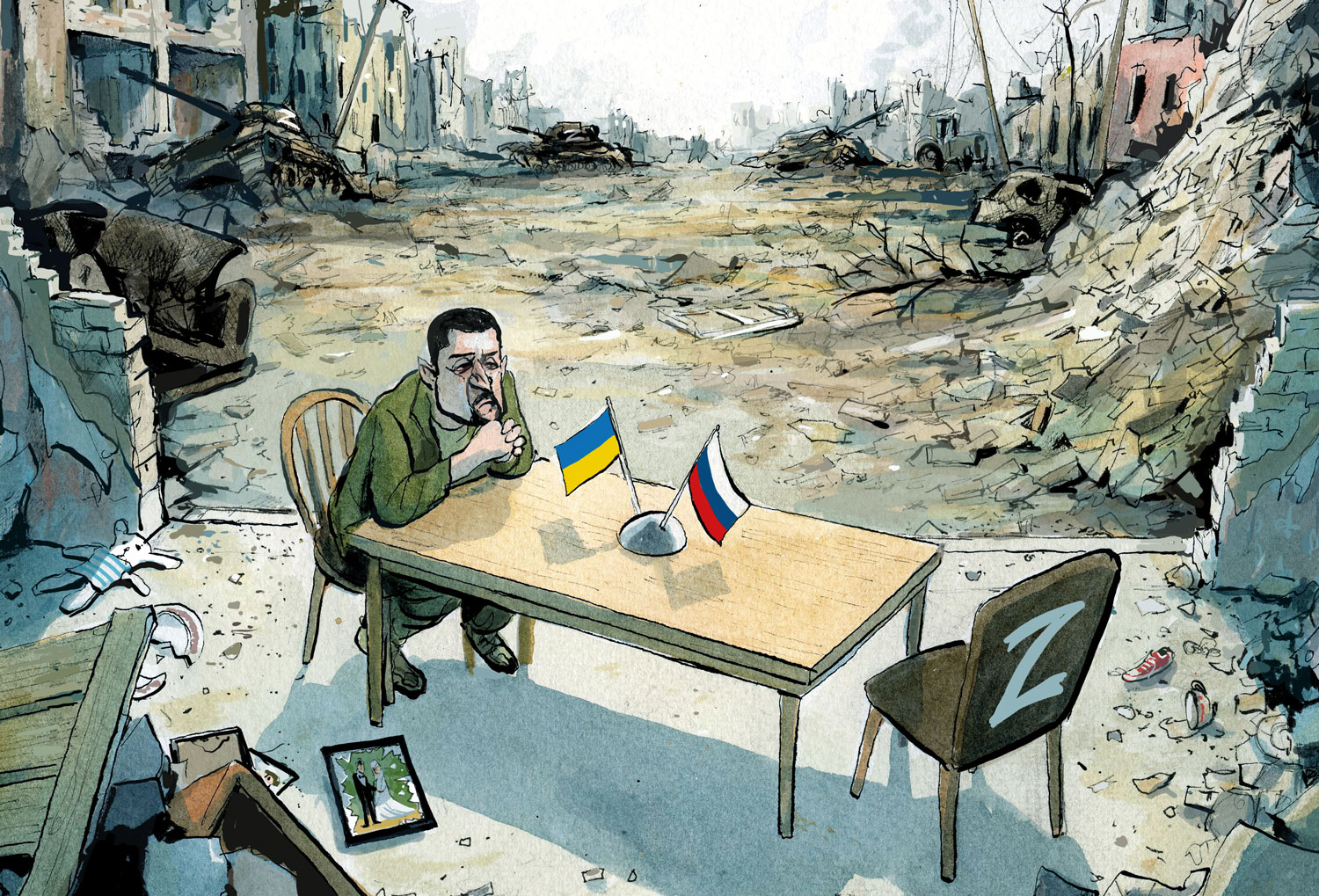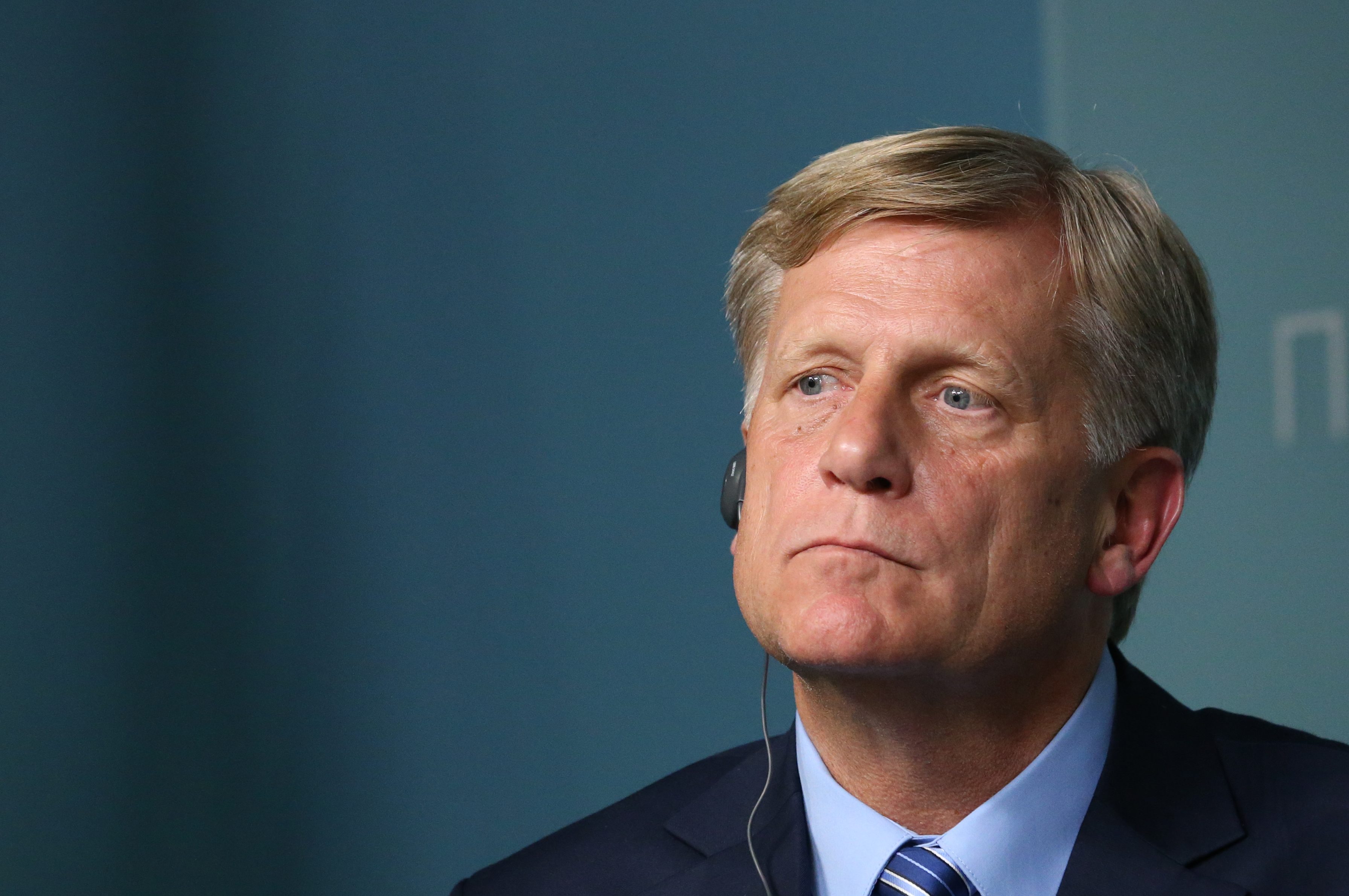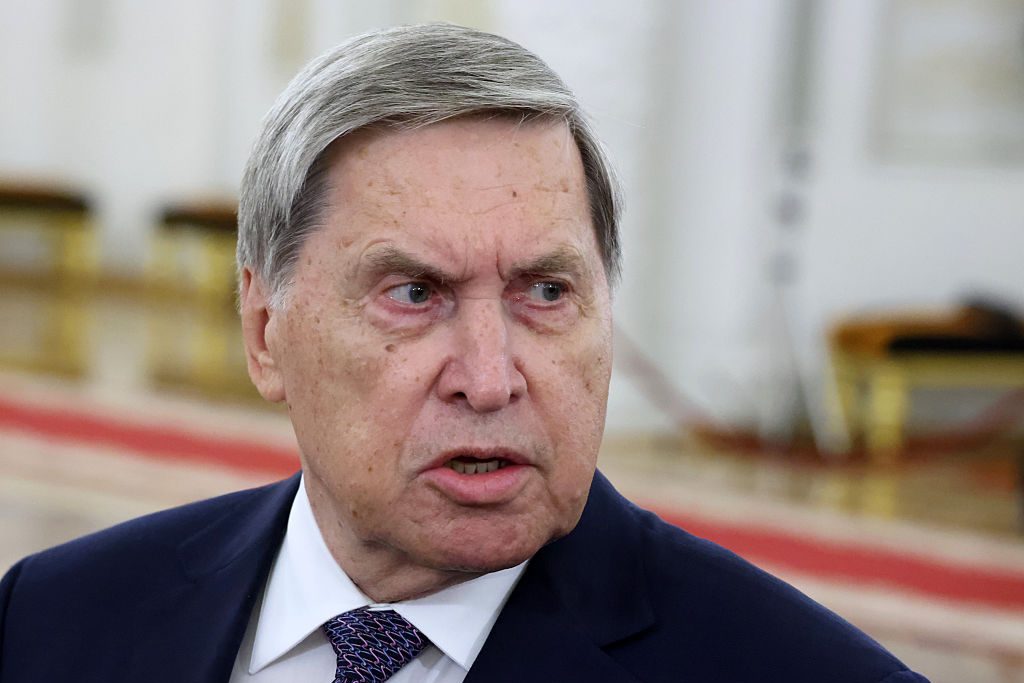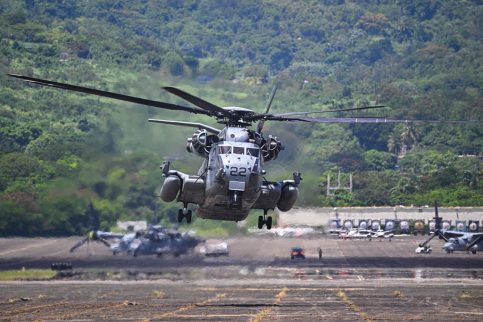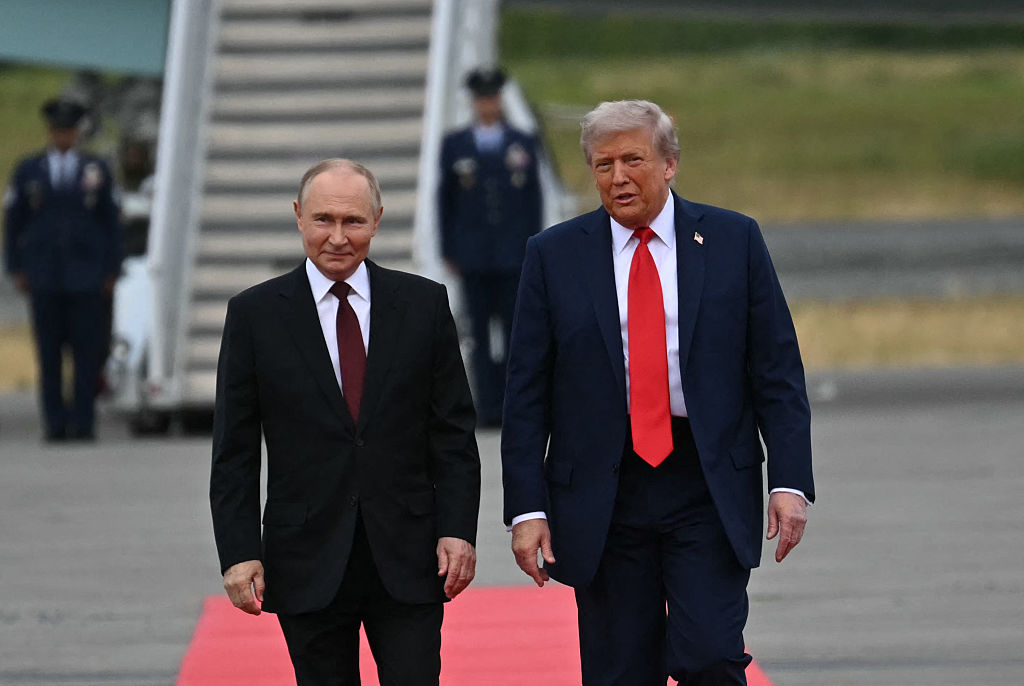As the war in Ukraine approaches its six-month anniversary this coming Wednesday, the fighting shows no sign of stopping. Peace talks are a figment of the imagination, as Russian president Vladimir Putin and Ukrainian president Volodymyr Zelensky remain just as committed to achieving their objectives today as they were when the war first broke out. The Russians continue to pound residential areas with artillery in the Donbas, hoping to slowly capture more territory after months of slow, high-cost maneuvering in the Donetsk region. The Ukrainians, meanwhile, are settling on a new strategy in the south, harassing Russian supply lines deep into Russian-occupied territory.
Crimea, the peninsula Russia annexed more than eight years ago, was thought to be a relatively peaceful rear-guard area for the Russian military. Yet in the last week, it has been battered by explosions at the hands of Ukrainian forces. On August 9, the Saki air base was hit with what weapons analysts believe were long-range missiles, perhaps the anti-ship Neptunes. This is the same missile that was purportedly used to sink the Moskva, the flagship of Russia’s Black Sea Fleet, back in April. At least eight Russian warplanes were destroyed in the attack, and it sent Russian vacationers on the beach scurrying for cover.
Then, this week, more explosions erupted in Crimea, this time targeting an ammunition depot in Mayskoye and a separate air base in Gvardeyskoye. A senior Ukrainian official told the New York Times that a Ukrainian military unit operating behind the lines was responsible for the blasts.
Whereas the Ukrainian government used to be cryptic about such attacks in the past, it’s now openly acknowledging them and hinting more will be on the way. Mykhailo Podolyak, a chief advisor to Zelensky and the man responsible for heading up peace talks with the Russians in the spring, said as much during an interview with the Guardian this week. “I certainly agree with the Russian ministry for defense, which is predicting more incidents of this kind in the next two, three months,” Podolyak told to the paper. “I think we might see more of those happening.”
It’s safe to assume the Ukrainians are telling the truth. While Kyiv may not be able to match the quantity of arms the Russians have at their disposal, they have demonstrated an ability to extend their operations into parts of Russian-occupied territory previously left untouched earlier in the war. The Ukrainian military has made great use of US-supplied HIMARS and British-supplied M270s, shoot-and-scoot systems that enable Kyiv to strike targets several dozen miles away. Dozens of Russian targets have been destroyed since Kyiv was gifted the weapons; command-and-control facilities, logistical sites, arms depots and transportation nodes have all been neutralized, pushing Russian forces to relocate their ammo stocks further away from the frontlines.
If Ukrainian troops took a beating in Mariupol, Severodonetsk and Lysychansk, Russian troops are now facing significant problems in Kherson, a strategically important region the Russians hope could be a weigh station to the large port of Odessa in the west (if the Russians were able to capture Odessa, Ukraine would become a land-locked country). Kherson was captured by Russian forces in the first days of the war largely without a fight. The Ukrainian army has been promising for months to launch a major counteroffensive to wrest it back — General Dmytro Marchenko has even promised to liberate the city by the end of the year.
A full-bore counterattack on Kherson, however, would be a suicide mission for the Ukrainian army. Russian troops have spent the last six months establishing their defensive lines, possess considerable firepower in the vicinity and have reportedly redeployed thousands of additional troops from the Donbas into the region in anticipation of a Ukrainian counteroffensive. According to conventional military wisdom, an attacking force needs to muster a manpower ratio of 3:1 if it hopes to conduct a successful offensive. The Ukrainians, who have their hands full in the Donbas, can’t spare the men — and even if they could, the casualties resulting from such an operation would handicap the rest of Kyiv’s war aims.
The Ukrainians are therefore trying to starve the Russians in Kherson, hoping that over time, the situation in the city becomes so untenable for Russian forces that they have no option but to redeploy south the Dnipro River and give up their positions on the northern bank. Or, as Ukrainian defense minister Oleksii Reznikov described it, “We’re using a strategy to ruin their stocks, to ruin their depots, to ruin their headquarters, commander quarters.” Whether this strategy succeeds will depend on whether Russian troops can maintain their logistical lines in the city, a task far more difficult today than it was earlier in the summer. The bridges used to truck in supplies across the river continue to be a prime objective for the Ukrainians. Simply put: if supplies can’t get in, the troops can’t hold their positions.
For the Biden administration, the war in Ukraine is viewed not only as a gross violation of the so-called rules-based order, but also as an opportunity to weaken Russian power over the long-term. US security assistance to Kyiv has topped $9 billion since the conflict began, with so many weapons being drawn down from US Defense Department stocks that some defense contractors are now worried about the capacity of the US defense industrial supply chain. At best, US investment has bought the Ukrainians a stalemate, one which the Biden administration hopes will eventually persuade Putin to negotiate a way out. But there’s little sign of this happening.
Ukrainian officials, Zelensky especially, remain superbly confident that time is on their side. Of course, Putin is as just as convinced of victory as the Ukrainians are. The result: more fighting, perhaps for another six months.



